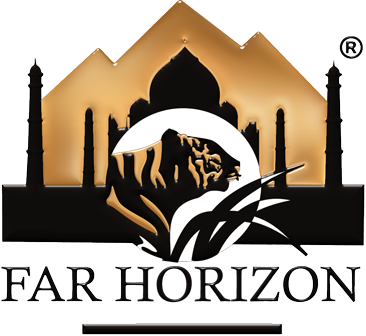Ladakh: Markha Valley Trek
more_vert
-
Duration11 Days
-
Region
-
Category
-
Best Time
- June - September
Introduction
Trek Grade: Medium
Situated in the Indus Valley of Ladakh between the Pir Panjal mountains of the Himalayas and the Karakoram mountains, is the sleepy town of Leh which comes alive in summers as the tourists, adventurers and explorers descend down to explore this amazingly beautiful lunar landscape which geographically is part of the Tibetan Plateau and culturally similar, but with distinctly unique features of its own. With the Indus River rushing its white silt waters in its journey to reach the Arabian Seas, this is a land of great adventures. From climbing Mount Stok Kangri, to crossing many high passes on a lovely trek along the Markha River camping near villages where life has remained unchanged since ever. With green meadows fed with the waters of the melting snows to views of the towering Mount Kangyatse, to visiting the small gomaps and temples dotting the countryside, this is a culturally enriching trek with spectacular natural beauty.
The visit to the major monasteries like Hemis, Thiksey, Shey, Stok, Phyang and Spituk with the ornately decorated statues of the various incarnations of Lord Buddha is a great culturally educative experience. The people are really warm and friendly and very hospitable with a smile of welcome on their faces at all times.
Tour Highlights
- 11 days adventure with spectacular view of Mt Stok Kangri and other mountains
- Trek for five days through the pristine Ladakhi villages
- Visit the nomadic camps in alpine meadows
- Visit the beautiful monasteries of Hemis, Thiksey and Shey
- A total adventure of 12 days flying and out of Leh
- On trek sleep in tents and in Delhi and Leh stay in hotels
- Visit Old and New Delhi as a gateway city
- Prices on request
Destinations Covered
Delhi
The City of GloryDelhi is said to be one of the oldest existing cities in the world, along with Jerusalem and Varanasi. It is the Capital Territory of India and a modern-day citadel that's dotted with ancient monuments.
History and Culture
Legend estimates it to be over 5,000 years old. Over the millennia, Delhi is said to have been built and destroyed 11 times. The oldest alleged incarnation of the city shows up in the Indian mythological epic Mahabharata as Indraprastha.
Leh Ladakh
A land of scenic beauty and creationsDetailed Itinerary
- Day 1 Arrive Delhi
- Day 2 Delhi
- Day 3 Delhi / Leh flight
- Day 4 Leh - Shey - Thiksey – Hemis - Leh
- Day 5 Leh - Chilling and Trek to Skiu. (4 Hrs of Hike)
- Day 6 Trek from Skiu to Markha (7 – 8 Hrs/Markha 3800 Mts)
- Day 7 Trek from Markha to Hangkar (5-6 Hrs /4000 Mts)
- Day 8 Trek from Hangkar to Nimaling (4-5 Hrs / Nimaling 4700m)
- Day 9 Trek Nimaling – Chuskirmo and drive to Leh ( 6 Hrs / Kongmaru la 5200 Mts)
- Day 10 Leh
- Day 11 Leh / Delhi & Departure









